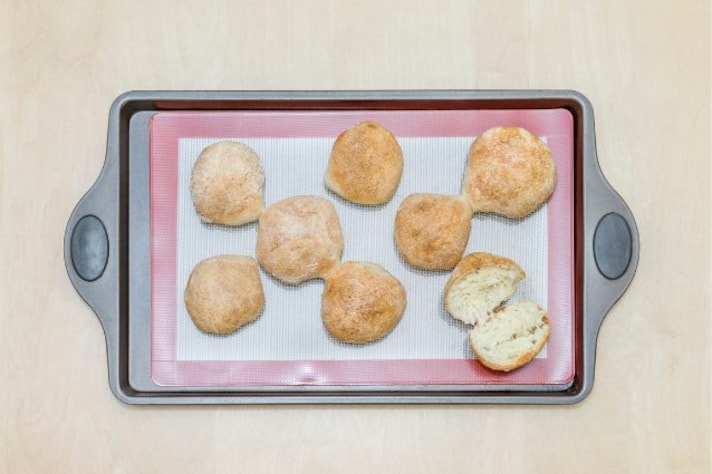;)
Silicone baking mats have revolutionized the way we cook, offering a reusable, non-stick surface that makes baking and cooking a breeze. However, sometimes we might be pushing these mats to their limits: tossing them in the dishwasher, folding or crushing them, and, occasionally, subjecting them to temperatures as high as the fiery eruption of Vesuvius in Pompeii. Why is it a bad thing to assume that your silicone baking mat is heat-proof?
The Risks of Overheating Your Silicone Mat
Exposing a silicone baking mat to excessively high temperatures can lead to several issues. Firstly, while silicone mats are designed to withstand high heat, they do have their limits. Most high-quality silicone mats can handle temperatures up to around 480°F (250°C). However, going beyond this can cause the silicone to degrade. This degradation can result in the mat losing its non-stick properties, becoming brittle, or even releasing harmful fumes that can affect the food you’re preparing.

The Impact on Your Food
When a silicone mat is exposed to temperatures beyond its capacity, it’s not just the mat that suffers. The food you're cooking on it can also be compromised. A degraded mat can cause uneven cooking, sticking, and even contamination of your food with potentially harmful chemicals. Imagine preparing a delicate macaron or a batch of cookies only to find them stuck to a discolored, warped mat—definitely not the kind of surprise you want in your kitchen. Moreover, overheated silicone can impart an unpleasant taste to your food, ruining your carefully crafted dishes.
Understanding Temperature Limits
Knowing the temperature limits of your silicone baking mat is crucial for maintaining its longevity and ensuring the safety of your food. Always refer to the manufacturer’s guidelines, which typically indicate the maximum temperature the mat can withstand. If you can't find the information, a good rule of thumb is to avoid using the mat at temperatures above 480°F (250°C). Additionally, pay attention to signs of wear and tear—discoloration, loss of flexibility, or a lingering odor are indicators that your mat might be compromised.
;Resize,width=767;)